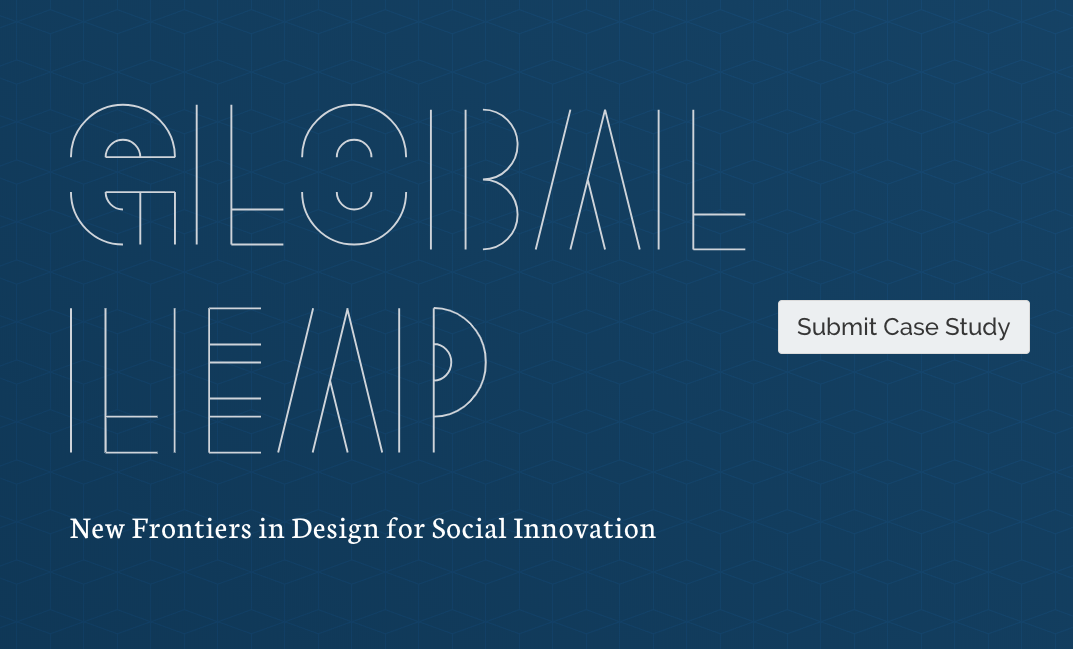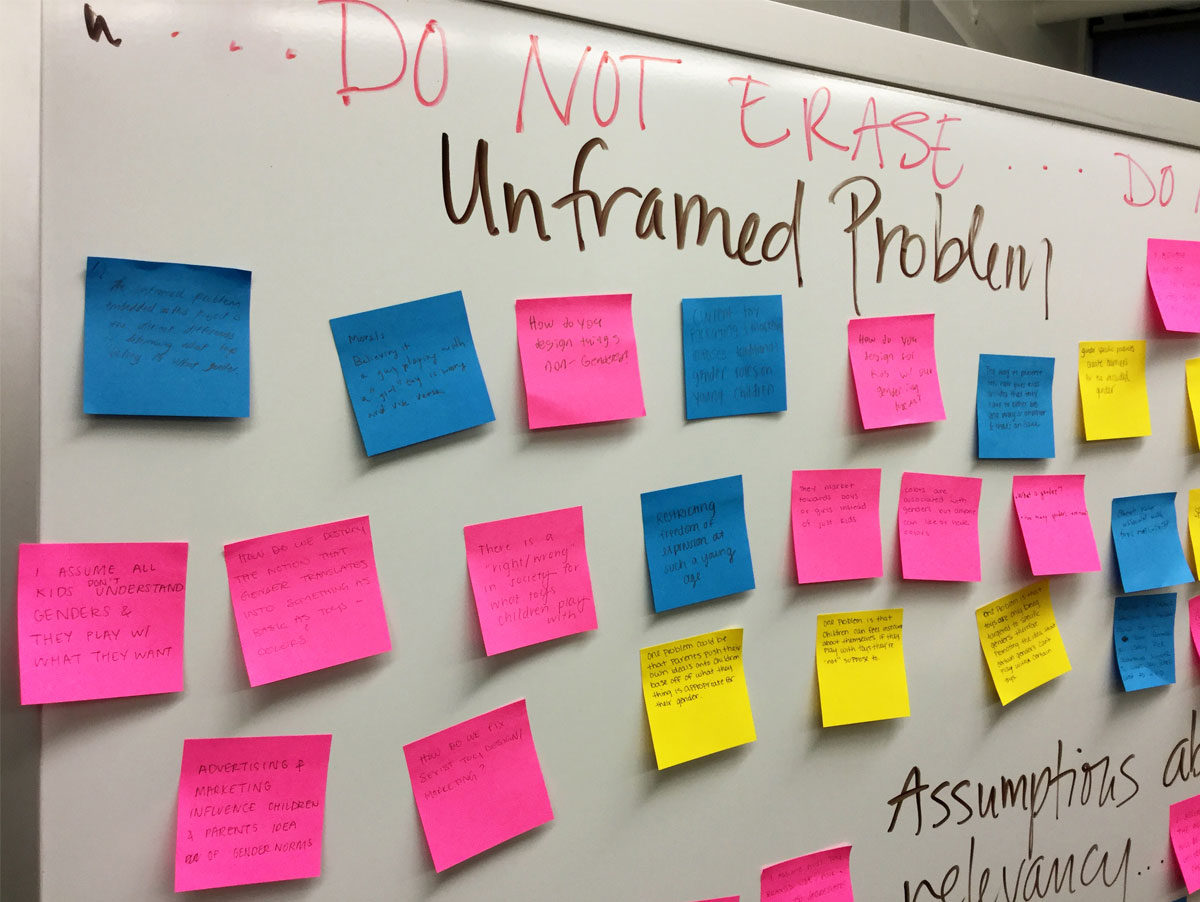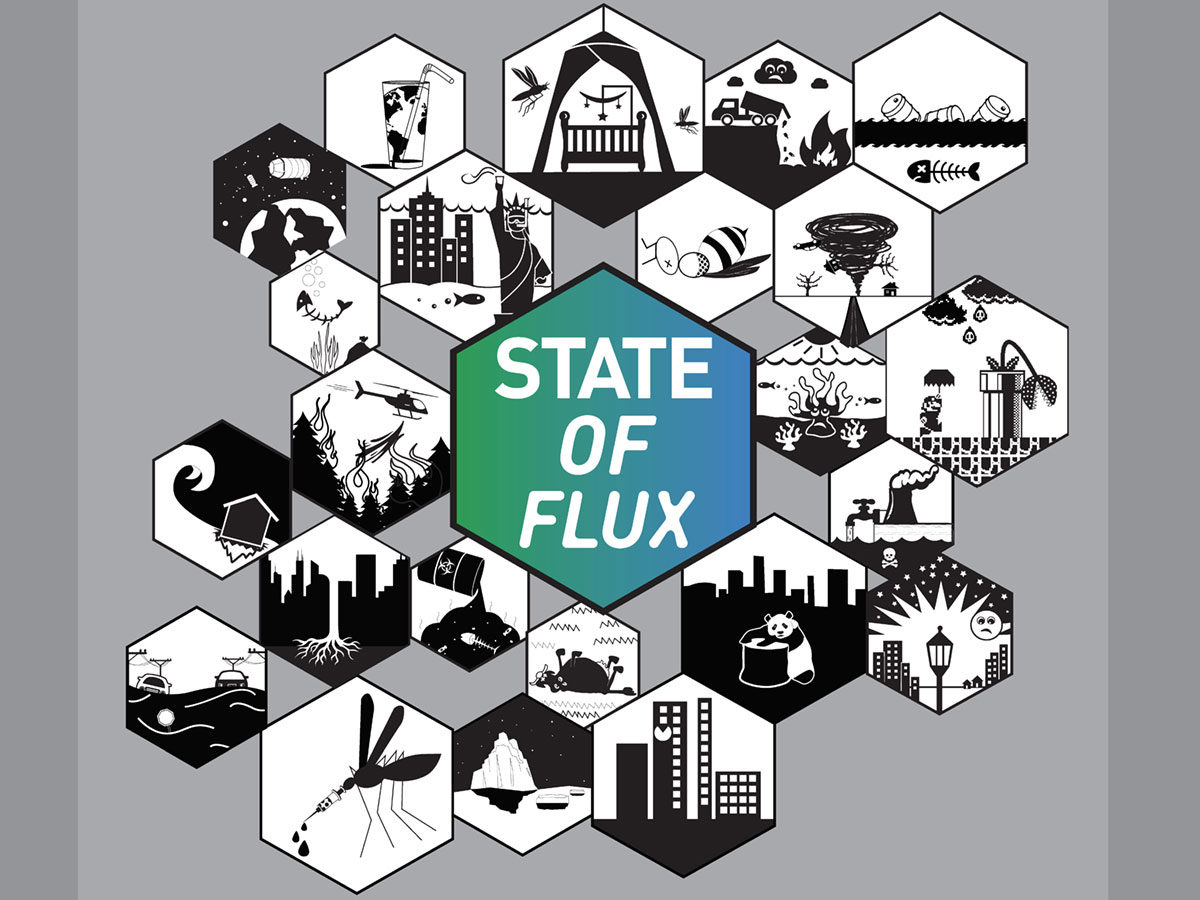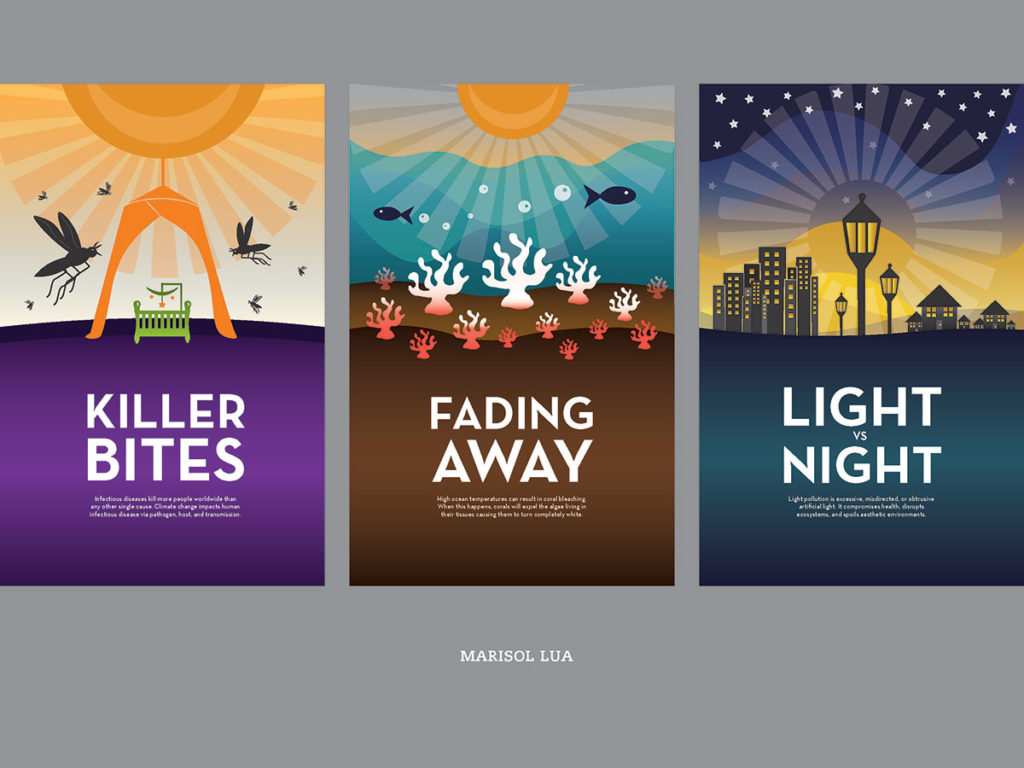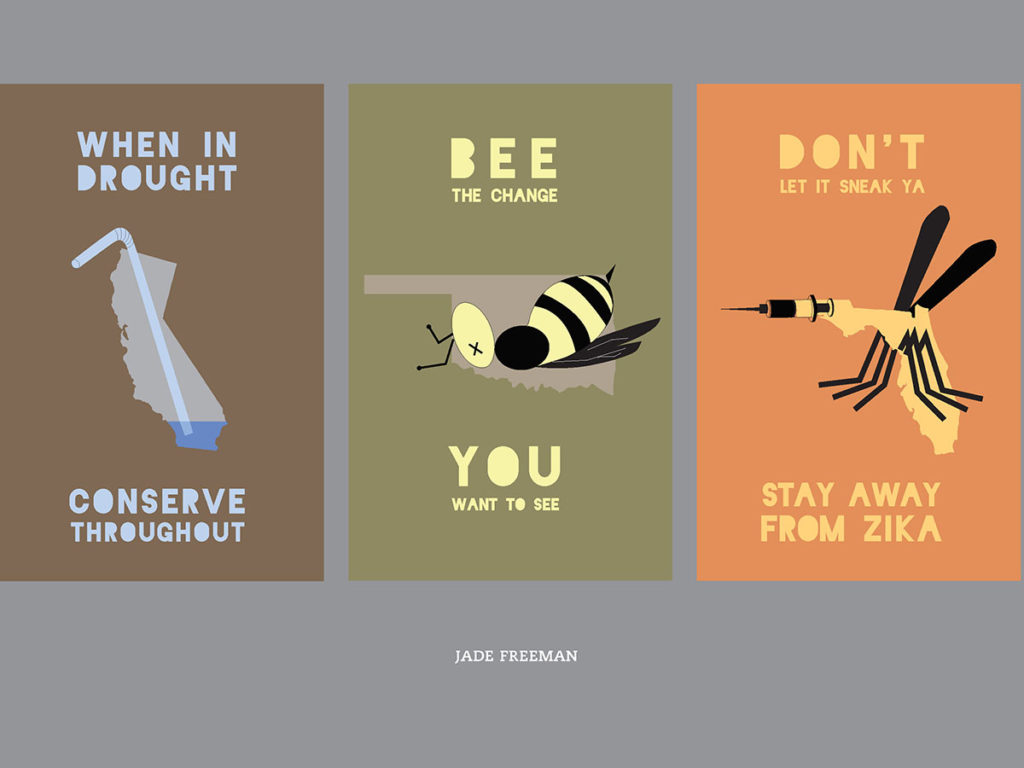The team that brought us LEAP Dialogues: Career Pathways in Design for Social Innovation has a new project. They would like to consider your work in their upcoming project— Global LEAP: New Frontiers in Design for Social Innovation.
Award recipients of the Design Incubation Educators Awards 2019 in the category of Service—Marianna Amatullo, Jennifer May, and Andrew Shea—along with Bryan Boyer work together on this new effort to consider innovation and social impact design as a moral and philanthropic imperative across the globe.
“Our commitment is to represent a diverse overview of design practices that are shaping the field of social innovation across countries and continents. Our book will not present a singular definition of “design for social innovation,” but will instead celebrate the many heterogeneous and dynamic forms of how designers engage critical challenges in their communities, cultures, and countries.”
For details, visit their website, and consider submitting your work for consideration. They are looking for 50 design projects that have made an impact- no matter the level of scale. Find out more & submit or nominate a project at http://globalleapbook.com. Deadline is May 31!
